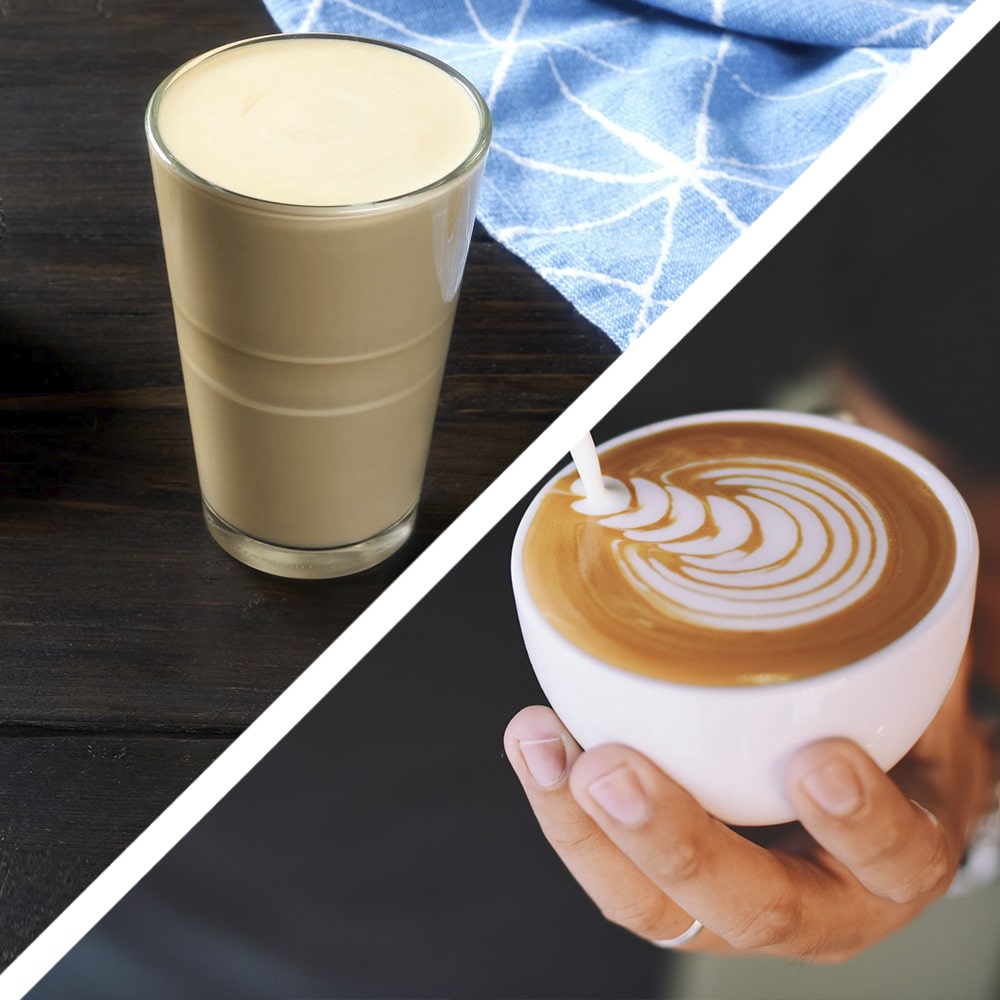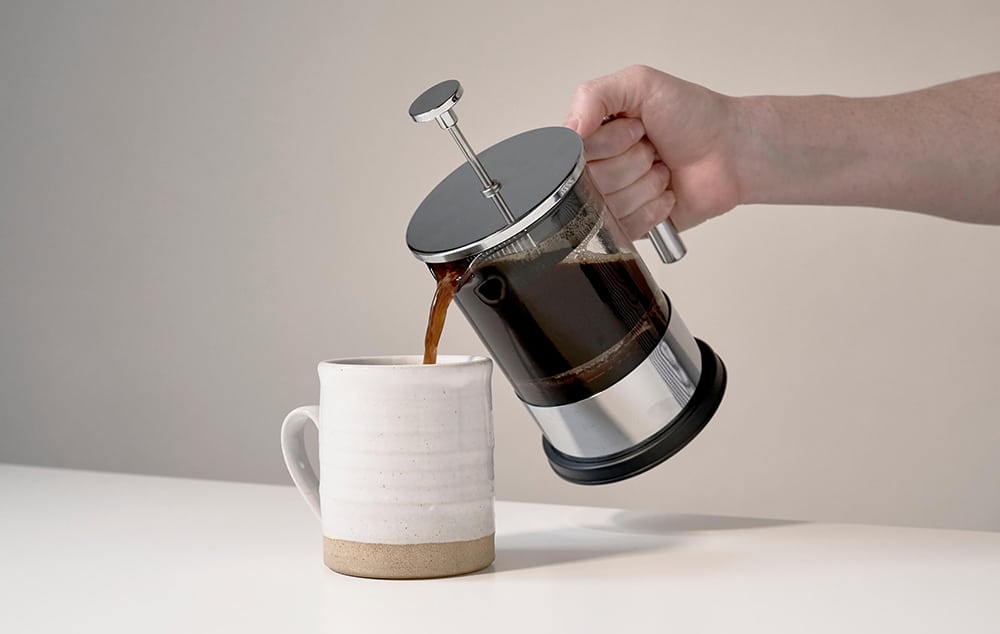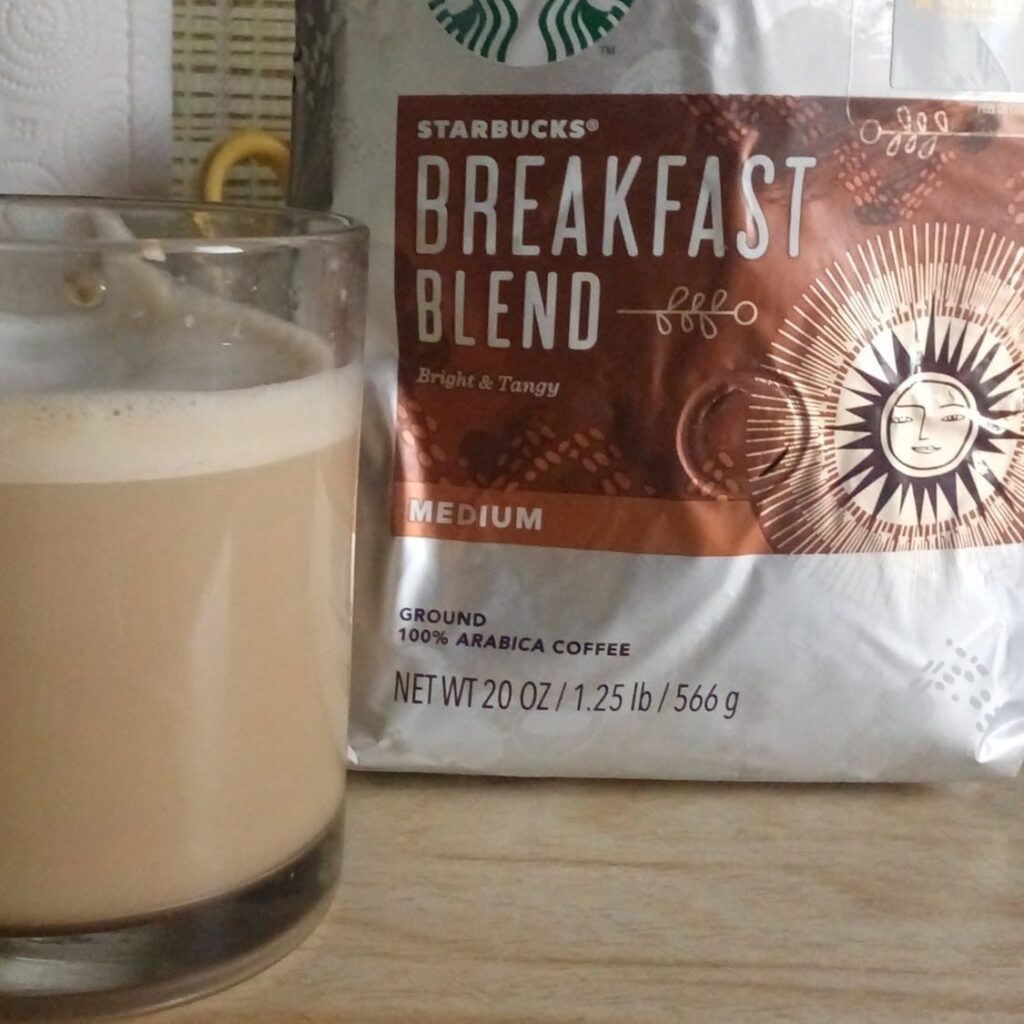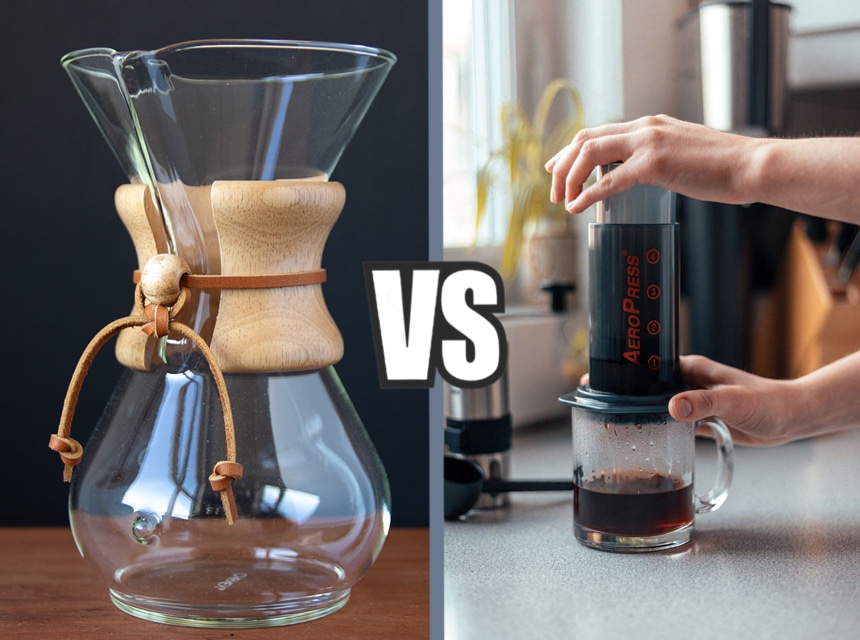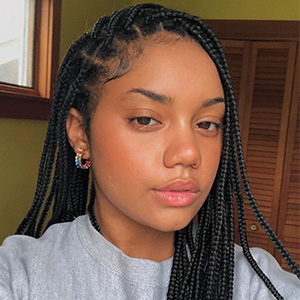

People are becoming more and more health-conscious. It’s a good idea to always know what you are putting in your body, and that’s why so many people are searching for how much caffeine is in a cup of coffee. There are limits to how much caffeine you should really have, and there are even some risks if you consume far too much coffee (or caffeine from other sources).
Of course, different types of coffee and different preparation methods can impact the caffeine that is going into your body. It isn’t always as simple as just measuring how many cups of coffee you can have; you might have to do a little bit more research than this.
In this guide, we’ve explored how much caffeine you should consume and the benefits as well as risks of this invigorating substance.
Caffeine is a stimulant, so it is technically a drug. This shouldn’t put you off, though. It’s not a particularly harmful stimulant, and it is estimated that most people in the western world consume some form of caffeine every day. It’s not just in coffee. You will find it in a number of soft drinks, tea, and even some food.
As a ‘stimulant,’ it has the job of…stimulating. It does this to your nervous system but also stimulates your heart and can increase your heart rate. It also has a similar impact on your muscles.
Because caffeine is totally naturally occurring, there’s no real stigma attached to it being a ‘drug.’ However, it does have some downsides if you consume too much, which we will cover later in this post.
Caffeine works by blocking a neurotransmitter called adenosine which makes us feel tired. So, it can help to stave off the feelings of being a little sleepy as the day goes on. According to Healthline Trusted Source What Is Caffeine, and Is It Good or Bad for Health? Caffeine is a natural stimulant consumed throughout the world. This article reviews caffeine and its health effects, both good and bad. www.healthline.com , it can also have an impact on neurotransmitters, adrenaline and even help to make your brain sharper and more active. You can see why so many people use it to get going in the morning or to help them to stay awake and alert later in the day.
There isn’t one simple answer to this question. The amount of caffeine in a cup of coffee greatly depends on a number of factors, which we will explore below.
The simplest answer is that coffee tends to have between 30mg and 200mg in a single serving. That can be a huge amount of variation, so you need to delve a little bit deeper to get an idea of what you are drinking. For example, an espresso shot may have around 75mg of caffeine, and even a decaf coffee may have a small amount of caffeine in it. Around 10mg is pretty normal. According to Healthline Trusted Source How Much Caffeine in a Cup of Coffee? A Detailed Guide An average cup of coffee contains 95 mg of caffeine, but some types contain over 500 mg. This article lists the caffeine content in different coffee types. www.healthline.com , “the average caffeine content of an 8-oz, brewed cup of coffee is 95 mg,” so this is a pretty good benchmark.
Below, we explore what factors impact how much caffeine is in coffee. It is possible that the exact same species and type of coffee can get different results based on how it is brewed, and the caffeine that extracts from the bean depends on all sorts of methods of preparation. In the modern age, we have more ways of making coffee than ever before, so it makes sense that people need to do a bit of research.
You might want to lower how much caffeine you’re taking in, or you might want to get more of a boost by upping the caffeine in your drink.
This is one of the most impactful aspects of how the caffeine content is altered. Depending on how you brew your coffee, there can be really big differences regarding how much caffeine is extracted. This can be because different coffee varieties are brewed for different lengths of time and that there are different techniques to brew the coffee.
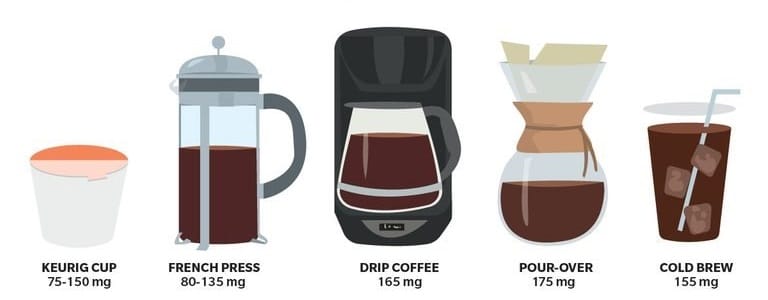
Some of the popular brewing methods and types of coffee are listed below, with a very rough guideline of how much caffeine you’ll find within.
Obviously, there are many other different types of coffee out there, and these all have their own levels of caffeine.
The most popular brewing method is to use a dripper or to make a filter coffee, batch brewing is still really popular in the US, Europe, and elsewhere around the world. This doesn’t tend to have the highest level of caffeine, but these coffees can still pack a punch.
The average of a filter coffee sits at around 100 mg, but this can vary. Obviously, you also need to think a lot about the amount of coffee you drink. If you batch brew, it can be easy to keep revisiting the pot of coffee to get more of a fix, and this can start to add up, especially over the course of the day. Some people choose to mix it up and have some decaf coffee to level out their consumption.
The caffeine per ounce of coffee is another huge consideration. For example, espresso is one of the most potent when it comes to caffeine, but you don’t tend to drink more than an ounce or two of it at a time. If you did, you would probably get some extreme jitters.
It sounds obvious to say that the amount of coffee you drink impacts the caffeine you are going to consume, but there is so much variation that you might be surprised.
Here are the rough calculations based on the average sizes. We’ve gone up to a 20-ounce cup of coffee, but keep in mind the fact that this is an absolutely huge serving, so we don’t recommend having too many of those in one day.
If you break it down, you’ll see that the espresso actually has much more caffeine per ounce, but this doesn’t mean that it is the highest content of any drink. A drip coffee usually actually has much more caffeine in it. Espresso has the reputation of being the drink that gives you more of a buzz, but is this actually true? Well, even though you’re probably consuming less caffeine than you would in a 12-ounce drip coffee or filter coffee, you can drink it very quickly, and it enters the system fast to give you a speedy pick-up.
The species and varieties of coffee can vary in terms of their caffeine content. In fact, with some types of coffee, it can be really hard to get information about how much caffeine is within.
The vast majority of coffee in the world comes from one species, the Arabica coffee plant. These don’t have as much caffeine as the second most popular type, Robusta, which can have up to two times as much caffeine. However, Robusta beans aren’t common, and the reason for this is because they don’t tend to taste as nice. Arabica beans are seen as the industry standard, and they tend to be much more flavorful.
If you do want to try Robusta, it’s easy enough to get your hands on some, but keep in mind the fact that the taste may not be as consistently pleasant (some people find that varieties of Robusta coffee have a rubbery taste).
There are so many different processes that go into making coffee. Before your barista gets hold of it, your coffee will have gone through a roasting process. Do you prefer a dark roast for more of a kick in terms of flavor?
When a roaster prepares beans, they expand in size, and the water that is grown inside them gets lost in the process, but it also loses caffeine as it is roasted. This is one of the quirks of coffee, and while some people assume that the strong flavor of a dark roast means more caffeine, the opposite is usually true. A light roast is a rare thing to find, but medium roast coffees tend to have more caffeine in them.
People are often a little bit confused when they learn that grind size has such a big impact, but it makes sense when you think about it. When coffee brews, the ground coffee is absorbed by the water and more finely ground coffee will allow more water to come into contact with coffee particles as it is forced through. This means that a finely ground coffee may also have more caffeine in it. This makes sense when you think about an espresso grind, which makes a really strong coffee.
No, we don’t mean whether you use filtered water or not. It’s all about the temperature. Higher temperatures tend to extract more caffeine, but there is also an important discussion about burning coffee. You want to make sure the temperature doesn’t get to too high a level as your coffee will taste horrible.
Water reaching 195°F to 205°F will extract more caffeine compared to low temperatures. Some people use other methods to brew coffee, and it is even fashionable to brew cold brew coffee, which can take 24 hours for the coffee to extract into the water at all. Less caffeine tends to be absorbed in this method. For the maximum, hot water run through finely-ground coffee will provide you with a caffeine boost.
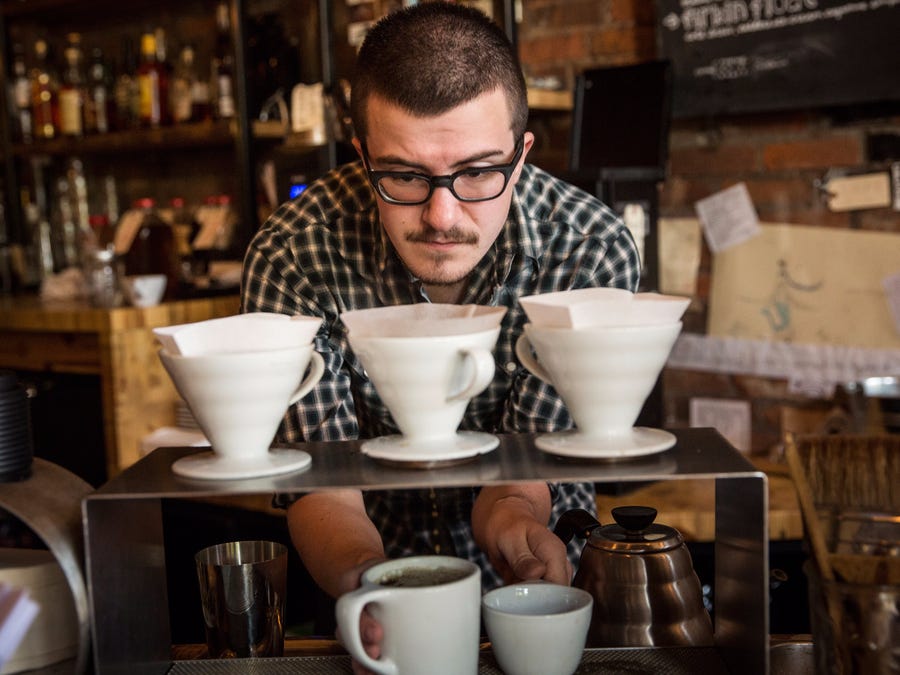
Let’s run through some of the types of the strongest coffee and the ways in which you can enjoy a caffeinated drink. If you want to get energy quickly, then the following drinks could be a great solution. Of course, you need to consume coffee with caution, but there’s nothing wrong with wanting a coffee to give you a bit of a boost after the lunch slump, for example.
Espresso has a real reputation for being a strong coffee, but it might be a bit of a myth. Actually, it’s about being able to consume more coffee “per gulp.” You could drink a whole shot of espresso in seconds and quickly get about 100-200 mg of caffeine into your body. However, espresso is just one of the ways in which you can consume your coffee. You can drink drip coffee or filter coffee, and some people even enjoy barista-style drinks at home.
Doppio just means a double espresso. You can order one by asking for a doppio or just by asking for a double espresso. You’ll get the same thing. A serving of this can have around 300 mg of caffeine in it, which is roughly half of what you can safely have in one day, so make sure you don’t keep going back for more.
Lungos are also sometimes referred to as a long espresso. No more ground coffee is used than in an espresso, but they are extracted over a longer time. This leads some people to think that the drink will have a lot more caffeine in it, but this is not always the case. Caffeine extracts quickly, especially when you are drawing a drink like an espresso. This is a bigger drink, but the difference in caffeine is minimal.
The Lungo is the same amount of coffee with more water, and the ristretto is the same amount of coffee with less water. This means a more concentrated drink and a flavor that really can blow you away, but it is not going to have a difference in terms of caffeine levels.
Though an extraction is important, it has a relatively small difference in the amount of caffeine in a coffee because of the fact that caffeine extracts almost straight away if the water is hot.
There are a lot of brands out there that are trying to appeal to people by having a stronger flavor or by having huge levels of caffeine in their drinks. We’ve explored some of the top brands below, all of which use natural methods to create their coffee and don’t add caffeine artificially. These sorts of drinks can have the same impact as an energy drink without having any of the added chemicals.
Death Wish Coffee is maybe the best-known brand when it comes to giving a huge kick in terms of caffeine. You can read more about the coffee brand here. They have around twice as much caffeine per pack as some of the other coffees on the market, so how do they achieve this? Well, they blend Arabica beans with Robusta in order to incorporate more densely caffeinated beans in their blend. This means that they can pack in more caffeine but in the same serving.
The coffee has notes of cherry and chocolate, and conversely to what you may assume, it also has really low levels of acidity. You can also buy the coffee in a variety of different packages, including a massive 1lb bag.
Biohazard is one of the other coffee brands to be the strongest in the world! They’ve certainly got a basis for this claim as one cup contains around 900 mg of caffeine. That’s an incredibly high amount, so you do need to be a little careful. The coffee is available in a number of sizes, and they also sell wholesale to the industry. If you want, you can subscribe and save to get this delivered monthly. To prepare, you mix 4 tbsp of coffee with 6oz of water, which will give you a standard serving. Biohazard is made out of Robusta beans, but they are high-quality, and the taste is up there with Arabica varieties.
Banned Coffee has its branding pretty spot on. The drink is a blend of beans that has an incredible number of antioxidants to help your system and the sort of strong taste you would expect from this sort of coffee. Unlike a Hawaiian single-origin coffee, this is a blend that has three times the amount of caffeine as an energy drink might.
Napalm Extra Bold Coffee manages to have a more profound effect on your system than most other coffees, but this is made out of Arabica beans and small-batch roasted in America. This means that it is one of the most delicious coffees on this list. You can enjoy a full-bodied coffee not just because it’s loaded with caffeine but because it tastes good, whether you use a drip system, a French press, a Chemex, or any other preparation method.
A strong and earthy flavor combined with a real boost. This coffee is a blend of Arabica and Robusta, so you can enjoy that extra caffeine content. On top of this, the brand proudly supports charity, too. Their website states that “a dollar from every 1lb (16oz) bag sold goes to the Intrepid Fallen Heroes Fund, a charity that supports military personnel suffering from traumatic brain injury”. The flavor is strong and earthy, so it divides opinion, but if you want to be able to truly taste your coffee, then this could be a good option for you.
Another smart blend of Robusta and Arabica beans, Shock Coffee has got something of a cult following, and the brand has about 50% more caffeine per drink than the average. The recipe is a secret, but it uses the two main types of beans, and the Arabica does make it taste great. The brand also offers some consumer guarantees.
So, let’s look at how caffeine can actually have such a huge impact on your body and even on your brain. There are so many different ways that caffeine actually interacts with humans, some of which you might not have known about. Of course, it is a stimulant, but what are the specific benefits of caffeine, and how does it make you feel brighter? It’s not all great news, there are some negatives regarding coffee, and we’ll give a balanced view of both the good and bad. Naturally, you can ensure that you get more of the benefits and not many of the downsides by consuming moderately.
First, let’s look at the benefits of caffeine. How does it actually help you? So many of us swear by our morning coffee, but is there anything in it, or is it a bit of a comfort blanket?
In the morning, we can suffer from something called sleep inertia Trusted Source How To Overcome Sleep Inertia In The Morning If you’re someone who always wakes up feeling tired and groggy in the morning, you may be feeling the effects of sleep inertia. The good news is, overcoming sleep inertia is pretty easy. According to experts, it’s all about making slight adjustments… www.bustle.com . Most of us feel pretty groggy when we first wake up, and it can take a little while to get going. This is totally normal, and there are some things you can do to tackle it as long as you know how and you are willing to actually drag yourself out of bed. You can make sure you take on plenty of fluids, get in the shower for a wakeup, or you can consume coffee. The stimulant effects are one of the most powerful ways that you can get going in the mornings, and that is why so many people swear by their morning cup.
You may think of drinking a cup of coffee before you start out your day’s work sitting at a desk, but did you know that it can be very beneficial for athletes, too?
Caffeine has an amazing effect on the body for exercise and competitive sports. If you have a dose between 3-13 mg per kg of your body weight, you can experience a number of different benefits. The stimulation effect is on the whole of the nervous system so you can feel more alive and alert, but there are also some studies that show other benefits. Caffeine can lower the pain and perceived exertion you have, so it feels like less of a struggle when you get to the level of running where fatigue would normally set in.
Caffeine improves your cognitive ability, as we will explore below. This also helps with your athletic performance, especially if you are involved in a sport where you need to be sharp.
Caffeine can also be great before a challenging test or when you sit down to write that essay.
According to studies Trusted Source A review of caffeine’s effects on cognitive, physical and occupational performance. Following low (∼40 mg or ∼0.5 mg kg−1) to moderate (∼300 mg or 4 mg kg−1) caffeine doses, alertness, vigilance, attention, reaction time and attention improve, but less consistent effects are observed on memory and higher-order executive function, such as judgment and decision making. www.sciencedirect.com , “alertness, vigilance, attention, reaction time and attention improve” when you consume caffeine, which means that you can perform better in scenarios where you need to be switched on and paying close attention. There are limited tests on whether it helps with things like memory, but it almost certainly helps with loads of other parts of brain function.
Ok, so we do love coffee, and a lot of people need to drink coffee every day to function at their maximum, but there are some downsides, too.
What are some of the side effects of coffee that may make you moderate your consumption and think about how much of it you are putting into your body?
It’s important to say that, in moderation, you are unlikely to experience more than just extremely mild side effects, but if you consume a lot of coffee, there is always the chance that the caffeine is going to hit you with some side effects. These may include:
We’re all different. Some people are far more susceptible to coffee and the way it can interact with the system. Your build can also make a big impact.
So, how do you make sure that you can use coffee and the caffeine that is in coffee, to your advantage, without having to deal with the side effects or to have to keep adding more cups of coffee to your daily routine just to feel the same effects?
It can be a good idea to have a little bit of a detox. This helps people to not be quite so reliant on coffee, and on a day where you do not have to do quite as much, it might be a good idea to consciously avoid caffeine. Some people do this for weeks at a time as a sort of ‘reset.’ Like any drug, your body and mind can build up a tolerance, so you have to add more to get the same impact, and this can mean that you are more susceptible to the side effects. Maybe only drink caffeine on workdays or something similar.
Find what works for you. It’s relatively safe to do some experimentation as long as you aren’t consuming absolutely loads of coffee. Start with smaller amounts and build up until you are feeling the positive effects but not getting dreaded ‘caffeine crashes.’ The dose can also relate to the time of day. You might find it better to consume coffee at certain times in the day by pre-empting that ‘lull’ some of us feel in the morning or at different times in the day when we are feeling a little bit groggy and tired. If you know you will feel like this after lunch, why don’t you make sure you’re having some coffee before the effects can set in? Whether it’s a breakfast blend in the morning or a hefty Robusta coffee in the afternoon, you can tailor your daily dosage.
Alternatives to coffee? Yes, there are plenty. These don’t all just have to be different ways to get caffeine into your system, either.
Caffeine is something that most of us consume every day. A lot of adults consider it essential for their daily routine. It’s impossible to say exactly how much caffeine is in each cup of coffee, and this depends largely on the preparation methods and even the varieties of coffee you buy. However, there is plenty of information in our guide to help you to work out the right levels of caffeine for your own needs. Everyone reacts a little differently to caffeine, and some people find that it has virtually no effect. Others find that it can leave them a little jittery. Keeping track of coffee and understanding what caffeine does to your system can make all the difference and ensure that you consume the right coffee for you.
